Home>Garden Essentials>Why Are Strawberry Seeds On The Outside
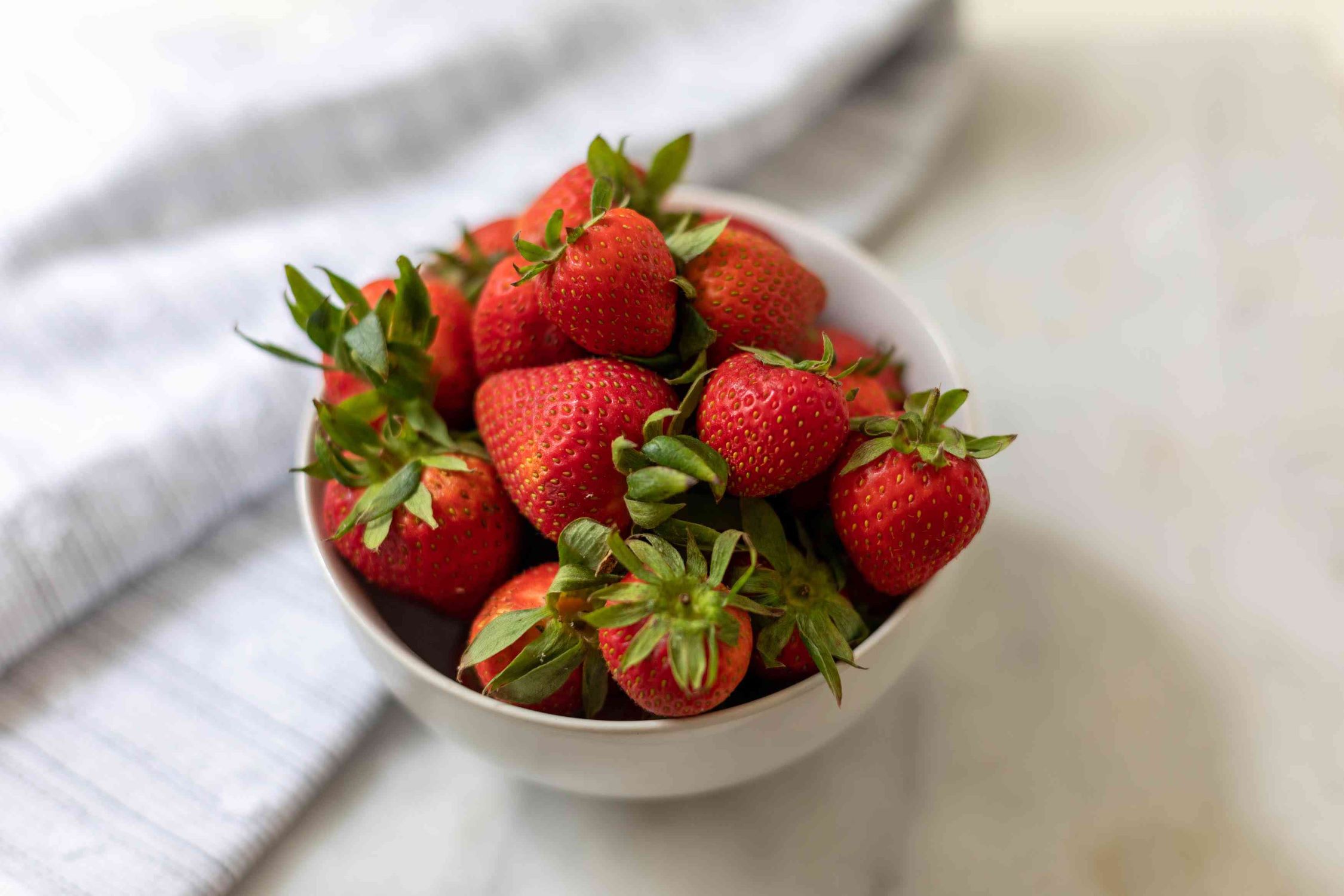

Garden Essentials
Why Are Strawberry Seeds On The Outside
Modified: March 16, 2024
Discover the reason behind why strawberry seeds are found on the outside, and get expert tips for growing your own garden.
(Many of the links in this article redirect to a specific reviewed product. Your purchase of these products through affiliate links helps to generate commission for Storables.com, at no extra cost. Learn more)
Introduction
Gardeners and strawberry enthusiasts alike have often marveled at the peculiar appearance of this beloved fruit. Unlike many other fruits where the seeds are hidden inside, strawberries proudly display their seeds on the outer surface. Have you ever wondered why strawberry seeds are on the outside? In this article, we’ll delve into the fascinating world of strawberries and explore the reasons behind their unique seed placement.
Strawberries belong to the botanical family Rosaceae and are characterized by their small, juicy red fruits. While the sweet and tangy taste of strawberries is a delight to the senses, it is the arrangement of their seeds that evokes curiosity. Unlike apples or oranges, where the seeds are confined within the core or flesh, strawberries present an intriguing tapestry of seeds adorning their exterior.
The primary reason for this distinct arrangement lies in the anatomy and reproductive cycle of strawberries. To understand why strawberry seeds are on the outside, we need to delve into the intricate workings of this delightful fruit.
Stay tuned as we explore the fascinating world of strawberry anatomy and unravel the mystery behind their external seeds.
Key Takeaways:
- Strawberries have seeds on the outside to entice animals to eat them, helping the seeds spread and grow in new places. This unique feature helps strawberries survive and thrive in the wild.
- Despite the challenges, strawberries with external seeds have evolved to overcome obstacles and continue their successful reproduction. Their journey from wild plants to beloved fruits showcases the amazing collaboration between nature and humans.
Read more: What Are The Seeds In Strawberries
The Anatomy of a Strawberry
Before we delve into the reasons behind the external placement of strawberry seeds, let’s explore the anatomy of this delectable fruit. A strawberry is not just a simple berry; it is a complex structure composed of several different parts.
At the center of the strawberry is the receptacle, which acts as the core or base of the fruit. From the receptacle, the fruit’s flesh, called the pericarp, extends outward in a rounded or conical shape. The pericarp gives strawberries their vibrant red color and juicy texture.
On the surface of the strawberry’s pericarp, we find the small seeds that make up its distinctive appearance. These seeds are actually the fertilized ovules of the strawberry’s flower, which develop into mature seeds after pollination and fertilization. Unlike other fruits where the seeds are encapsulated within the flesh, strawberry seeds are attached to the outer surface of the pericarp.
Embedded within the pericarp are the vascular tissues that transport water, nutrients, and sugars throughout the fruit. These tissues are responsible for nourishing the strawberry and aiding in its development.
Additionally, the strawberry features external structures called achenes. An achene is a small, dry fruit with a single seed. In the case of strawberries, each of the tiny seeds visible on the fruit’s surface is an individual achene. The achenes are held onto the pericarp by small, hair-like appendages known as receptacular bracts.
Now that we have a basic understanding of the anatomy of a strawberry, let’s explore the reasons why its seeds are intriguingly located on the outside.
The Role of Seeds in Reproduction
Seeds play a crucial role in the reproductive cycle of plants, including strawberries. They are essential for the continuation of the species and the production of new plants.
In the case of strawberries, the seeds are the product of sexual reproduction. The flowers of the strawberry plant contain both male and female reproductive structures. The male part, called the stamen, produces pollen, while the female part, known as the pistil, contains the ovules.
When a strawberry flower is pollinated, usually with the help of insects or wind, pollen from the stamen lands on the sticky stigma, which is part of the pistil. This initiates fertilization where the male gametes (sperm) fuse with the female gametes (eggs) within the ovules. This fertilization event leads to the development of seeds.
Once the flowers have been successfully pollinated and fertilized, they undergo a transformation. The ovules, which will become the seeds, start to develop and mature within the receptacle of the flower. At the same time, the pericarp, or the fleshy part of the fruit, begins to grow and envelop these developing seeds.
It is important to note that strawberries are not true fruits but rather aggregate fruits. This means that each strawberry is not a single ovary but a collection of many small fruits called achenes. Each achene contains a single seed surrounded by its own protective covering.
As the strawberry fruit matures, the achenes become more pronounced on its surface. The pericarp swells and changes color, enticing creatures to eat the fruit and disperse the seeds through their droppings. This mechanism allows the seeds to be spread to new locations, increasing the chances of successful germination and the establishment of new strawberry plants.
Now that we understand the reproductive role of seeds in the life cycle of a strawberry, let’s explore the advantages and disadvantages of these external seeds.
Advantages of Externally Located Seeds
The placement of strawberry seeds on the outside of the fruit may seem unusual, but it offers several advantages for the plant’s survival and reproduction.
1. Easy Dispersal: By having seeds on the outside, strawberries make it easier for animals to carry and disperse their seeds. The bright red color and attractive smell of the fruit allure animals, such as birds and small mammals, to eat the strawberries. As these animals consume the fruit, the achenes, along with their attached seeds, pass through the digestive tract unharmed and are spread in different locations through their droppings. This dispersal method increases the chances of seed germination and the establishment of new strawberry plants.
2. Protection: Externally located seeds provide protection against various threats. Insects and pests that may prey on the fruit are less likely to damage the seeds as they are shielded by the pericarp. Additionally, external seeds protect the embryo from extreme temperatures and excessive moisture, ensuring their viability and survival in different environments.
3. Enhanced Germination: External seeds have direct access to the surrounding soil when the fruit falls to the ground. This proximity to the soil, along with the protection offered by the pericarp, promotes seed germination. The seeds can easily come into contact with moisture and nutrients in the soil, increasing their chances of sprouting and developing into a new strawberry plant.
4. Adaptability: The external placement of seeds allows strawberries to adapt to various growing conditions. Since the seeds are exposed, the plant can produce different varieties through cross-pollination with other strawberry plants. This genetic diversity enables strawberries to adapt to changes in their environment, ensuring their survival and continued evolution.
5. Reproductive Efficiency: By having externally located seeds, strawberries can efficiently produce numerous offspring in a single fruit. Each achene on the surface represents a potential seedling, increasing the chances of successful reproduction and population growth.
The advantages of having externally located seeds in strawberries contribute to the plant’s survival, dispersal, and reproductive success. Now, let’s consider the potential downsides of this unique seed placement.
The seeds on the outside of a strawberry are actually the fruit’s ovaries, and they are there to protect the seeds and help with dispersal. This adaptation allows the seeds to be spread more easily when animals eat the fruit.
Disadvantages of Externally Located Seeds
While there are several advantages to having externally located seeds in strawberries, there are also some drawbacks associated with this unique seed placement.
1. Vulnerability to Predation: Having seeds on the outside makes strawberries more vulnerable to predation by insects, birds, and other animals. These organisms may consume the seeds along with the fruit, reducing the chances of successful seed dispersal and germination. Additionally, the exposed seeds are more susceptible to damage from environmental factors such as extreme weather conditions or physical disturbances.
2. Limited Protection from Disease and Pathogens: The external positioning of the seeds offers less protection against diseases and pathogens. As the seeds are in direct contact with the environment, they are exposed to potential infections by fungi, bacteria, and viruses. This can lead to reduced seed viability and compromised plant health.
3. Dependence on Animal Dispersal: While animal dispersal of seeds can be advantageous, it also introduces an element of unpredictability. The success of seed dispersal relies on animals consuming the fruit and effectively passing the seeds through their digestive systems. If animals do not consume the strawberries or if the seeds are not effectively dispersed, it can limit the plant’s ability to colonize new areas.
4. Limited Genetic Variation: While external seeds allow for cross-pollination and potential genetic diversity, they can also limit genetic variation within individual fruits. The seeds on a single strawberry are typically genetically similar, reducing the potential for adaptation to changing environmental conditions or evolving threats.
5. Increased Seed Loss during Harvesting and Processing: The external placement of seeds in strawberries makes them more susceptible to loss during harvesting and processing. When strawberries are harvested or undergo mechanical handling, the seeds have a higher chance of being detached from the fruit, leading to decreased seed viability and potential yield loss.
Despite these disadvantages, the strawberry plant has evolved to thrive with externally located seeds. Through various mechanisms and adaptations, strawberries have managed to overcome these challenges and continue their successful reproductive cycle.
Now that we’ve explored the advantages and disadvantages of external seeds, let’s delve into the evolutionary reasons behind this unique adaptation.
Read more: Where Are Strawberry Seeds
Evolutionary Reasons for External Seeds
The external positioning of seeds in strawberries is not a random occurrence but rather an evolutionary adaptation that offers several benefits to the plant’s survival and reproduction. Several factors have contributed to the development and maintenance of this unique trait.
1. Seed Dispersal: The external placement of seeds in strawberries aids in their dispersal. By enticing animals to consume the fruit, strawberries increase the likelihood of their seeds being spread to new locations through the animals’ digestive systems. This dispersal mechanism allows the plant to colonize new areas, expand its range, and avoid competition with nearby relatives.
2. Fitness Advantage: Having seeds on the outside provides a fitness advantage for strawberries. By increasing the chances of seed dispersal, the plant ensures a greater number of seeds are transported away from the parent plant. This reduces competition for resources between offspring and increases each seed’s chance of finding suitable growing conditions, enhancing the plant’s overall reproductive success.
3. Outcrossing and Genetic Variation: External seeds facilitate outcrossing, which is the process of pollen from one plant fertilizing the ovules of another. This cross-pollination results in increased genetic diversity among offspring. By having externally located seeds, strawberries have a higher probability of encountering compatible pollinators and exchanging genetic material with other plants, leading to improved adaptability and resistance to pests, diseases, and changing environmental conditions.
4. Coevolution with Seed Dispersers: The external seeds of strawberries have likely coevolved with animals that serve as their seed dispersers. Over time, plants that produce fruit with appealing characteristics to certain animals tend to be favored by those animals. As animals consume the fruit, they spread the seeds to new locations, creating a mutualistic relationship between the plant and its seed dispersers.
5. Trade-off with Seed Protection: The external placement of seeds involves a trade-off between seed protection and dispersal. While external seeds may be more susceptible to predation and environmental factors, they benefit from enhanced opportunities for dispersal and germination. The advantages of increased dispersal outweigh the potential risks, allowing the plant to effectively reproduce and ensure its long-term survival.
Through the process of natural selection, strawberry plants with external seeds have gained an advantage in terms of seed dispersal, genetic diversity, and reproductive efficiency. These evolutionary reasons have shaped strawberries into the unique species they are today.
Now that we’ve explored the evolutionary aspects of externally located seeds, let’s delve into the human cultivation and domestication of strawberries.
Human Cultivation and Domestication
Strawberries have a long and fascinating history of human cultivation and domestication. While wild strawberries have been enjoyed by humans for thousands of years, it was through the efforts of ancient civilizations that strawberries transformed into the juicy and delicious fruits we know today.
The cultivation of strawberries dates back to the time of the ancient Romans and Greeks. These civilizations recognized the value of strawberries and began selectively breeding plants to improve their flavor, size, and texture. Over time, different strawberry species were crossbred, leading to the development of new varieties with desirable traits.
One significant milestone in the cultivation of strawberries was the accidental discovery of a hybrid between two strawberry species in France in the 18th century. This hybrid, known as the garden strawberry (Fragaria × ananassa), brought together the best characteristics of both parent species and became the foundation for modern strawberry cultivars.
From the 18th century onwards, European colonizers introduced strawberries to different parts of the world, including North America. The Native Americans already had their own species of wild strawberries, and the introduction of cultivated varieties led to further crossbreeding and the development of unique American strawberry varieties.
As strawberry cultivation spread globally, their popularity grew. Farmers and horticulturists continued to refine their techniques, experimenting with different growing conditions, fertilizers, and pest management strategies. This ongoing effort led to improved yields, disease resistance, and more consistent fruit quality.
In recent years, scientific advancements have further accelerated the domestication of strawberries. Biotechnology and genetic engineering techniques are now being employed to enhance traits such as shelf life, disease resistance, and nutritional content. These innovations continue to push the boundaries of strawberry cultivation and offer opportunities for further improvement.
In addition to being cultivated for their delicious fruits, strawberries are also grown for ornamental purposes. Many people enjoy planting strawberry plants as ground cover or in containers, adding a splash of vibrant green foliage and delicate white flowers to their gardens. The visual appeal and culinary versatility of strawberries make them a favorite among garden enthusiasts around the world.
The human cultivation and domestication of strawberries have not only led to the development of numerous mouthwatering varieties but have also played a significant role in expanding their availability and transforming them into a beloved summer treat.
As we conclude this exploration of strawberries, their unique seed placement, and their journey through human cultivation and domestication, we can appreciate the intricate beauty of these fruits and the remarkable relationship between humans and nature.
Conclusion
Strawberries, with their externally located seeds, have captivated gardeners and fruit enthusiasts for centuries. The anatomy of these delightful fruits, with their fleshy pericarp and a multitude of tiny achenes on the surface, is a testament to the fascinating world of plant reproduction and evolution.
The external placement of seeds in strawberries serves several purposes. It enhances seed dispersal through animals, protecting and aiding in their germination in new locations. This unique adaptation also promotes outcrossing and genetic diversity, allowing strawberries to adapt to changing environmental conditions and resist pests and diseases.
While there are disadvantages to having externally located seeds, such as vulnerability to predation and limited seed protection, strawberries have evolved to overcome these challenges through their interaction with seed dispersers and strategic trade-offs.
Human cultivation and domestication have played a vital role in shaping the succulent strawberries we enjoy today. Ancient civilizations recognized their value and selectively bred plants to enhance their flavor and appearance. The accidental discovery of the garden strawberry further revolutionized the cultivation of this beloved fruit, leading to continuous advancements in farming techniques and the development of diverse strawberry cultivars.
Strawberries not only bring joy to our taste buds but also bring beauty to our gardens as ornamental plants. Their bright green foliage, delicate white flowers, and delectable fruits make them a favorite among garden enthusiasts worldwide.
As we ponder the mysteries of strawberries, their unique seed placement, and their journey through human cultivation and domestication, we gain an appreciation for the intricate relationship between nature and humans. Strawberries serve as a reminder of the wonders of the natural world and the ability of humankind to shape and cultivate it.
So, the next time you bite into a luscious strawberry and savor its sweet flavor, take a moment to marvel at the external seeds that adorn its surface. These seeds hold the story of the plant’s reproduction, adaptation, and the centuries-long collaboration between nature and human ingenuity.
Frequently Asked Questions about Why Are Strawberry Seeds On The Outside
Was this page helpful?
At Storables.com, we guarantee accurate and reliable information. Our content, validated by Expert Board Contributors, is crafted following stringent Editorial Policies. We're committed to providing you with well-researched, expert-backed insights for all your informational needs.
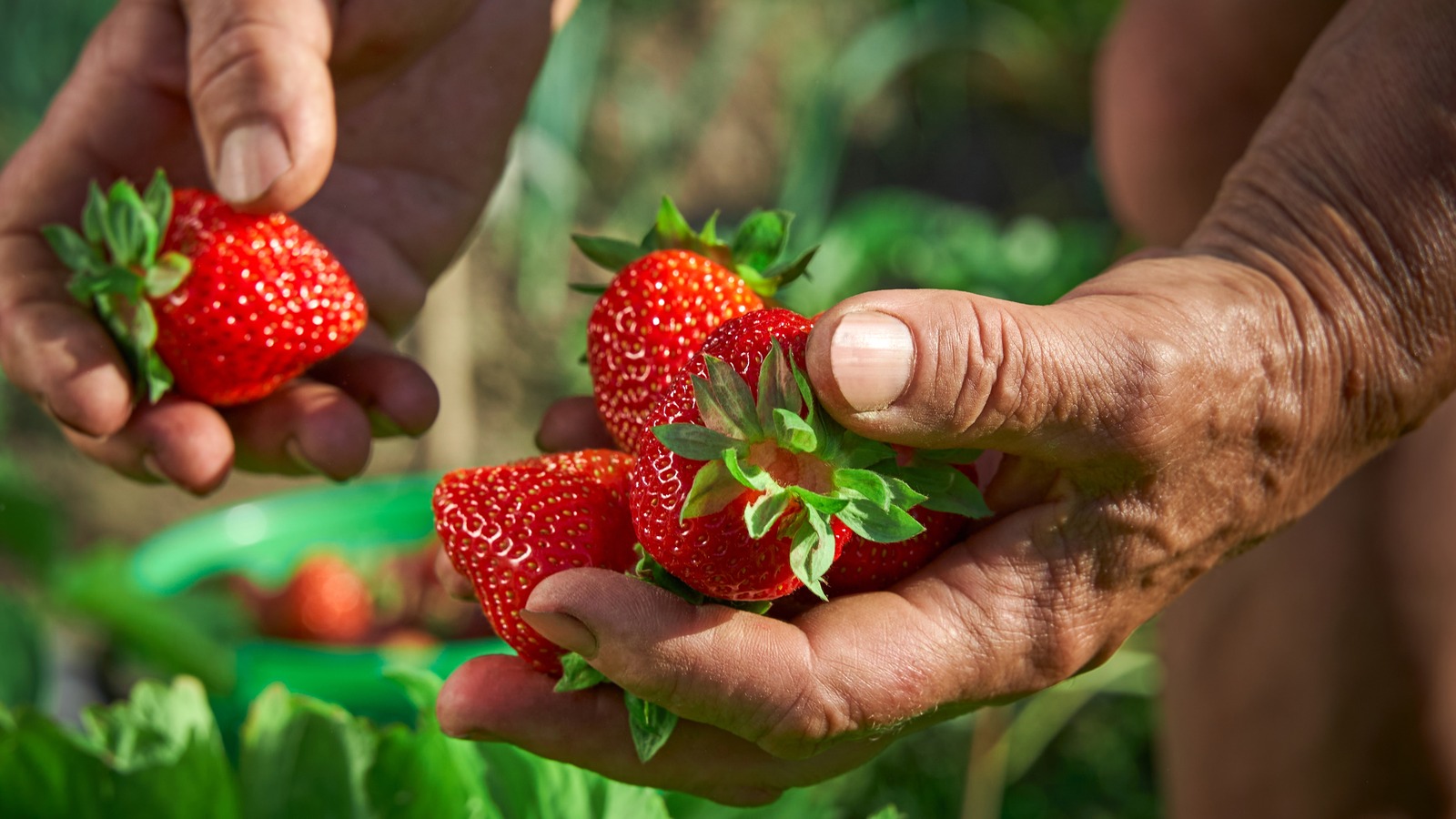
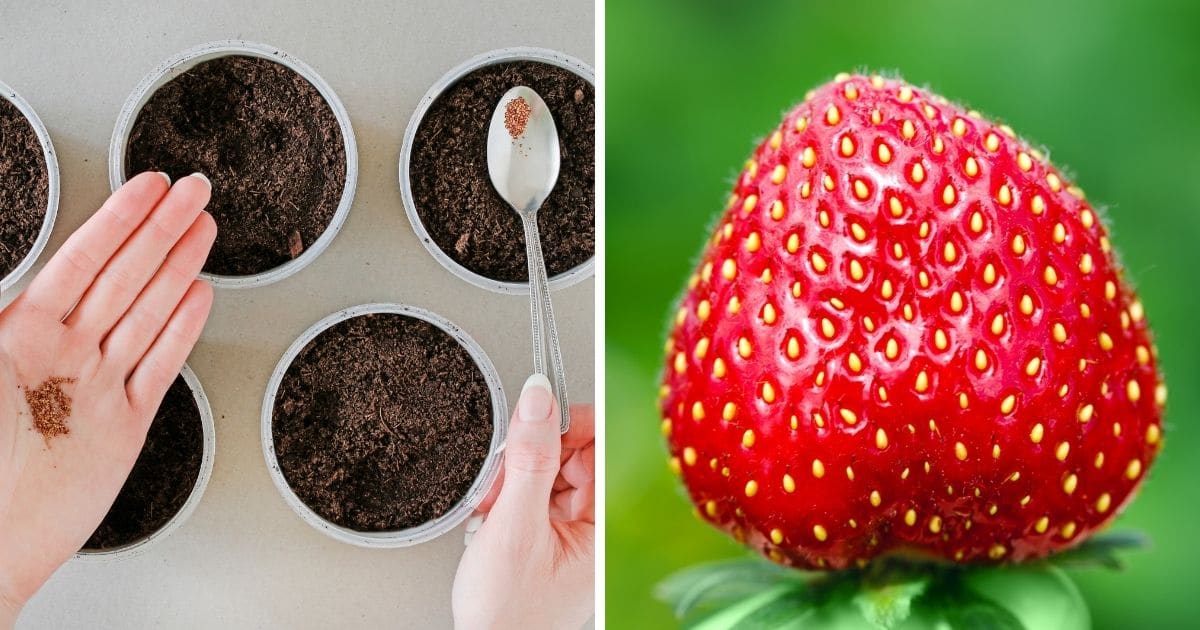
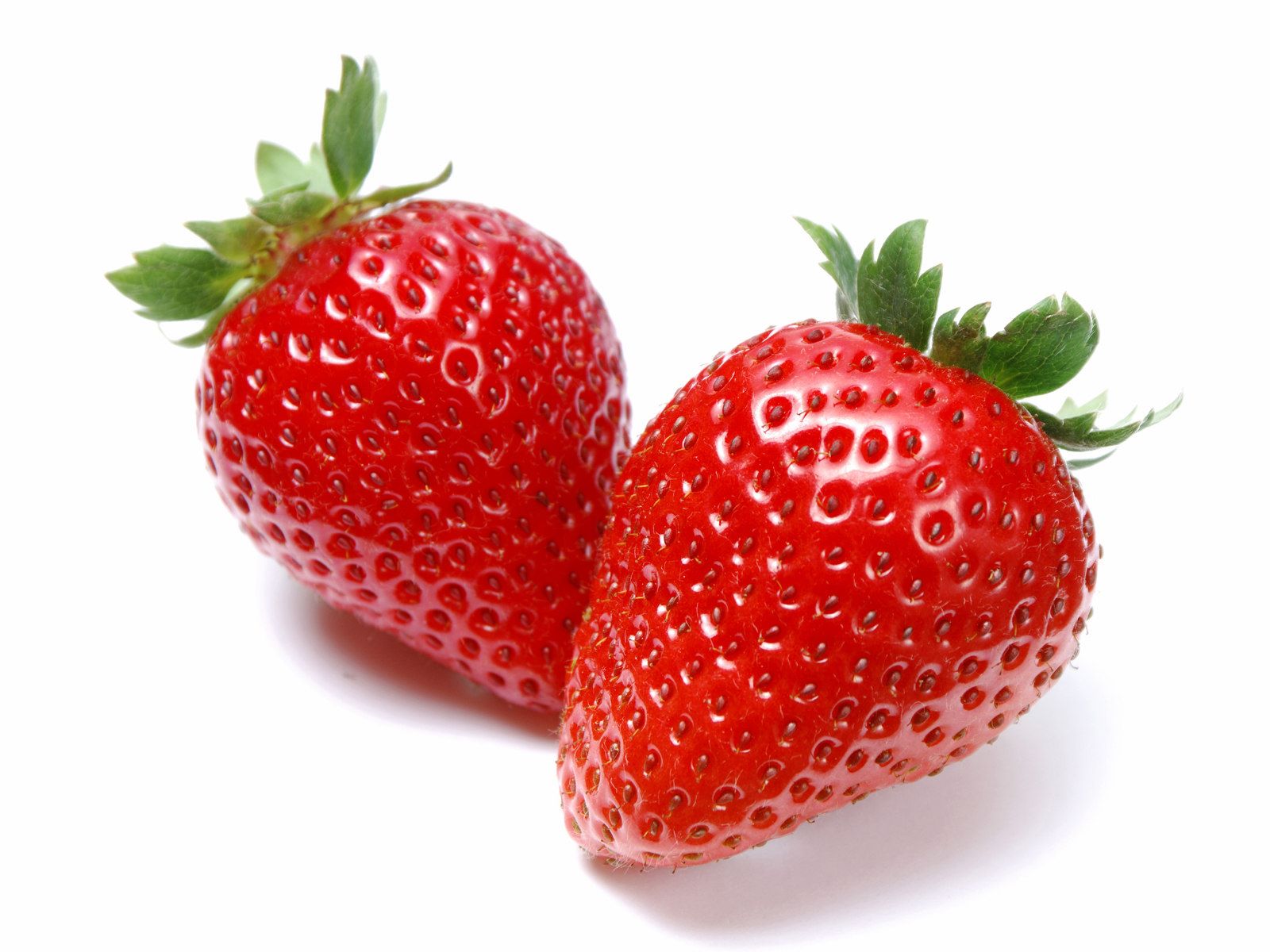
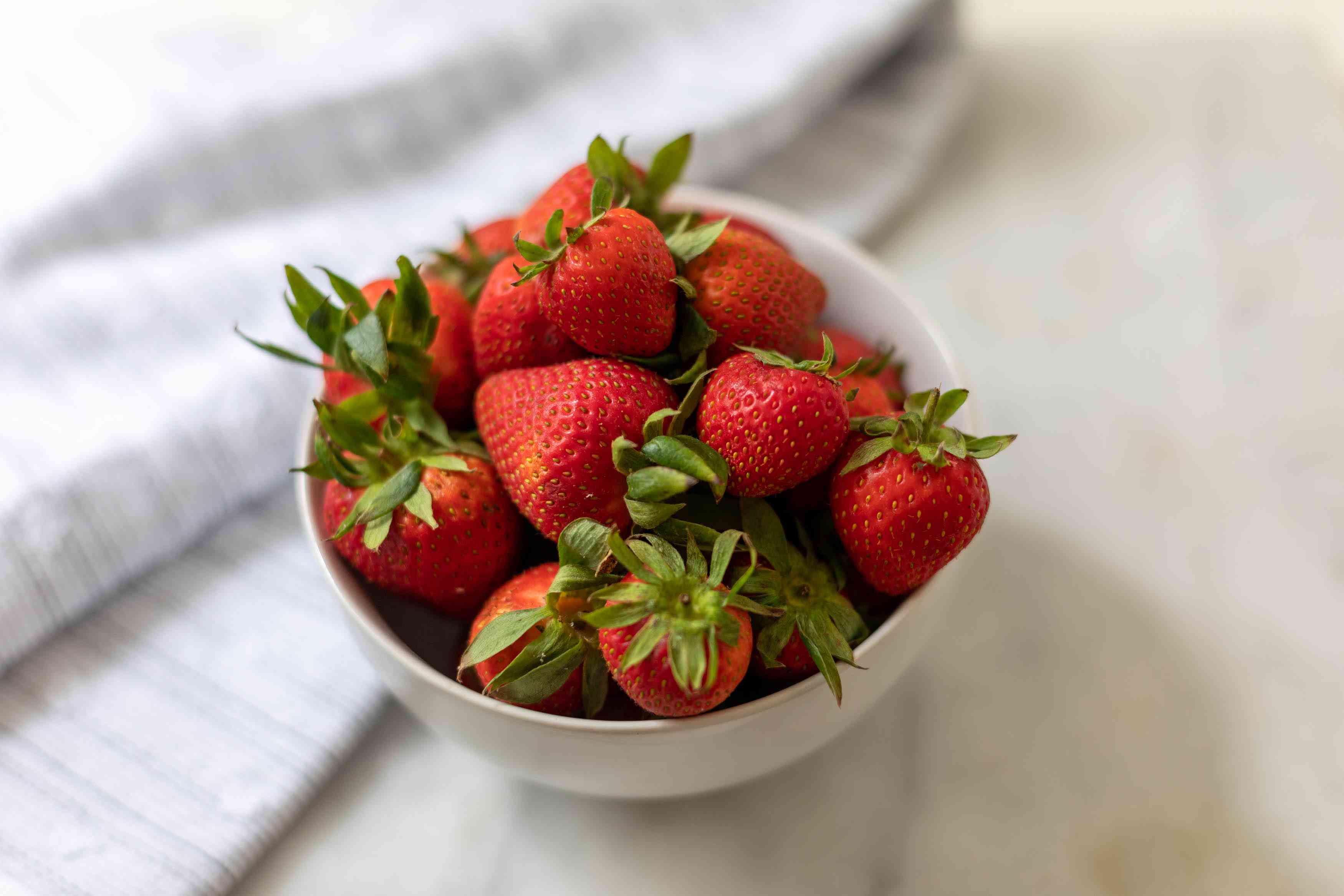
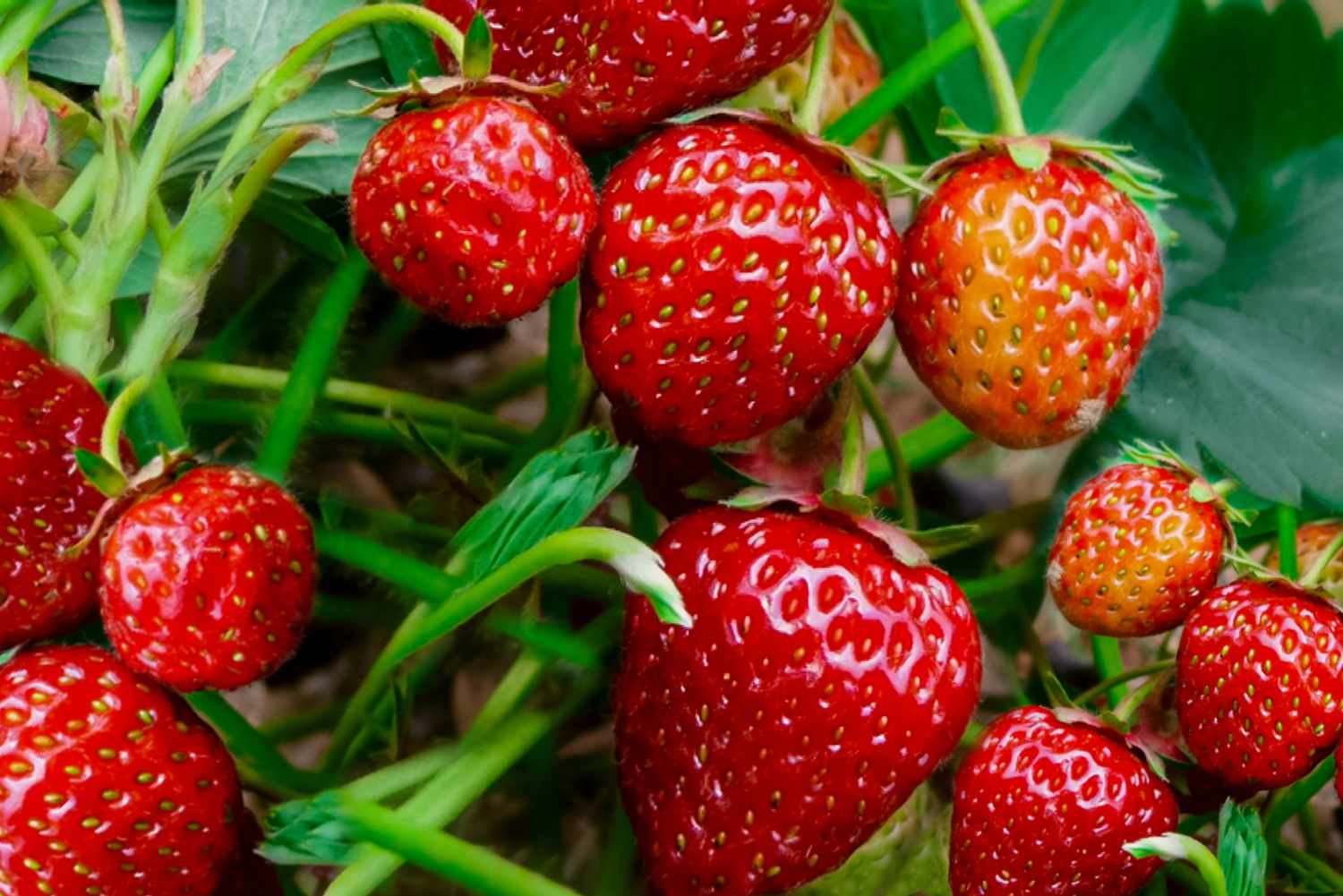
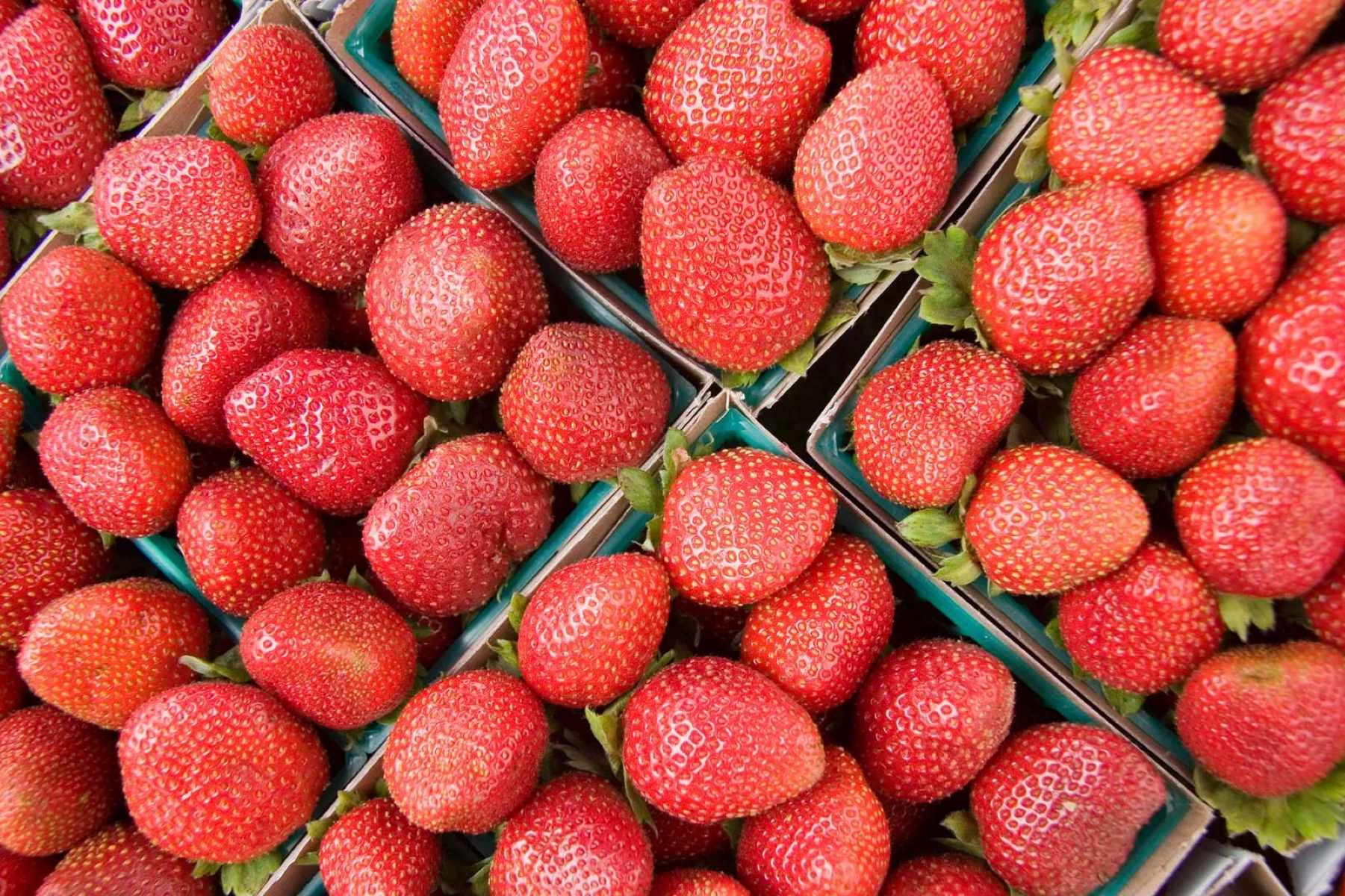
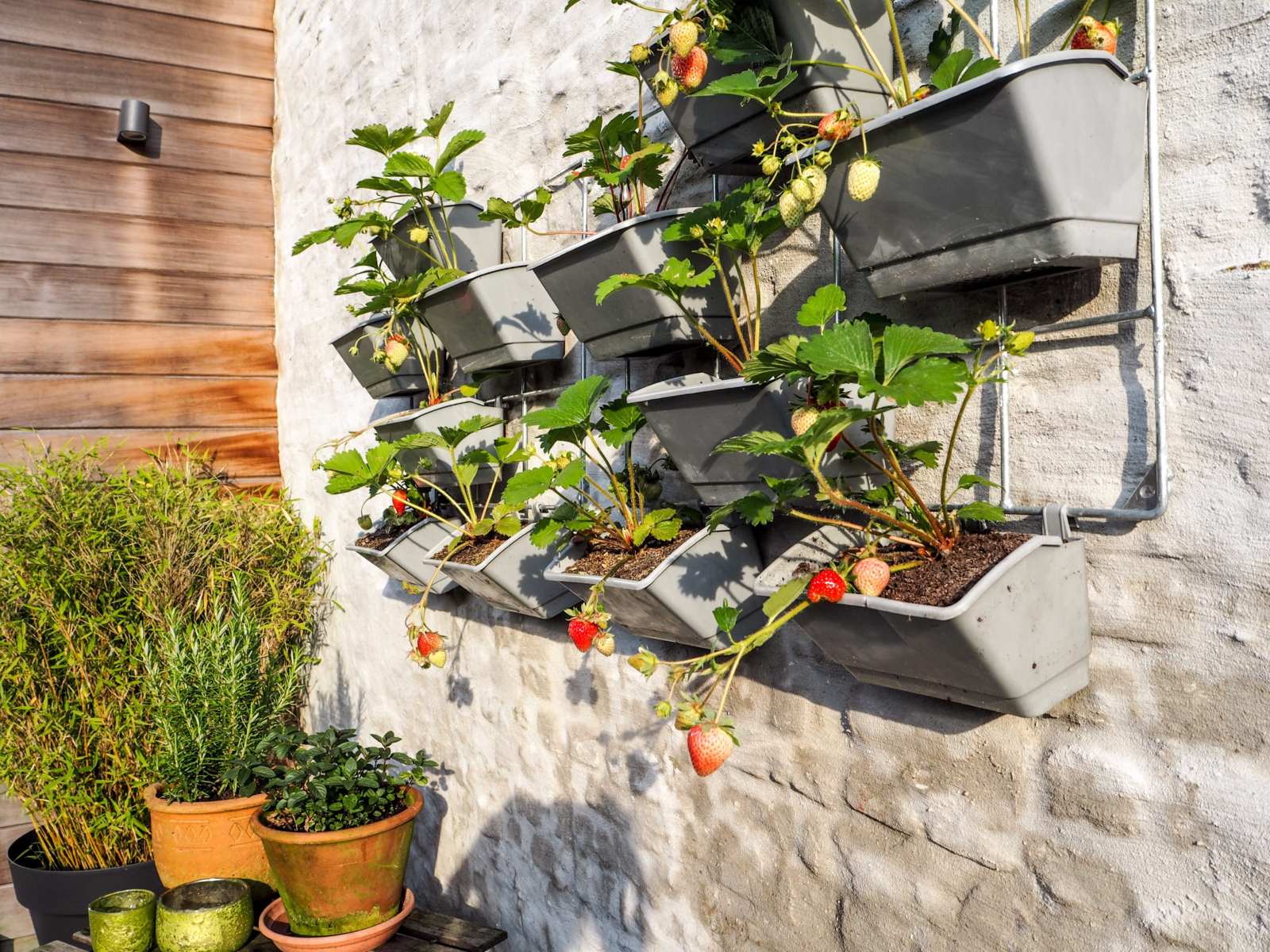
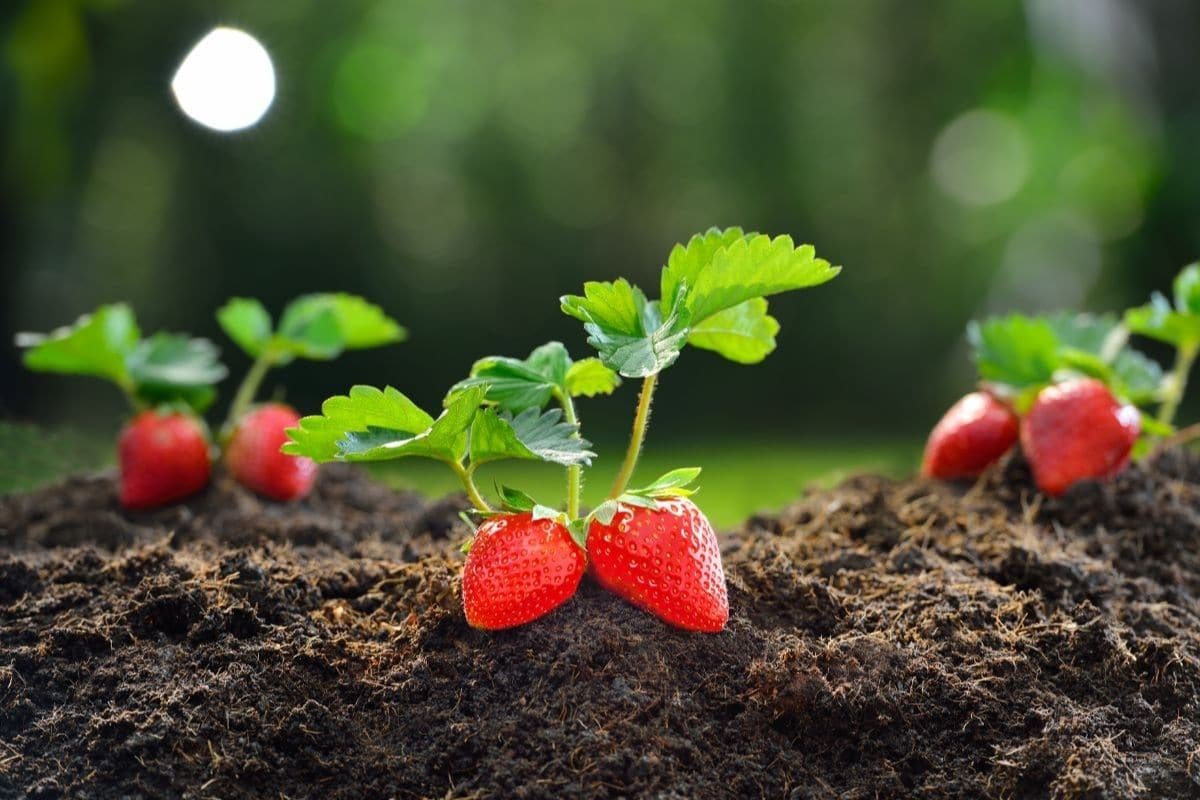
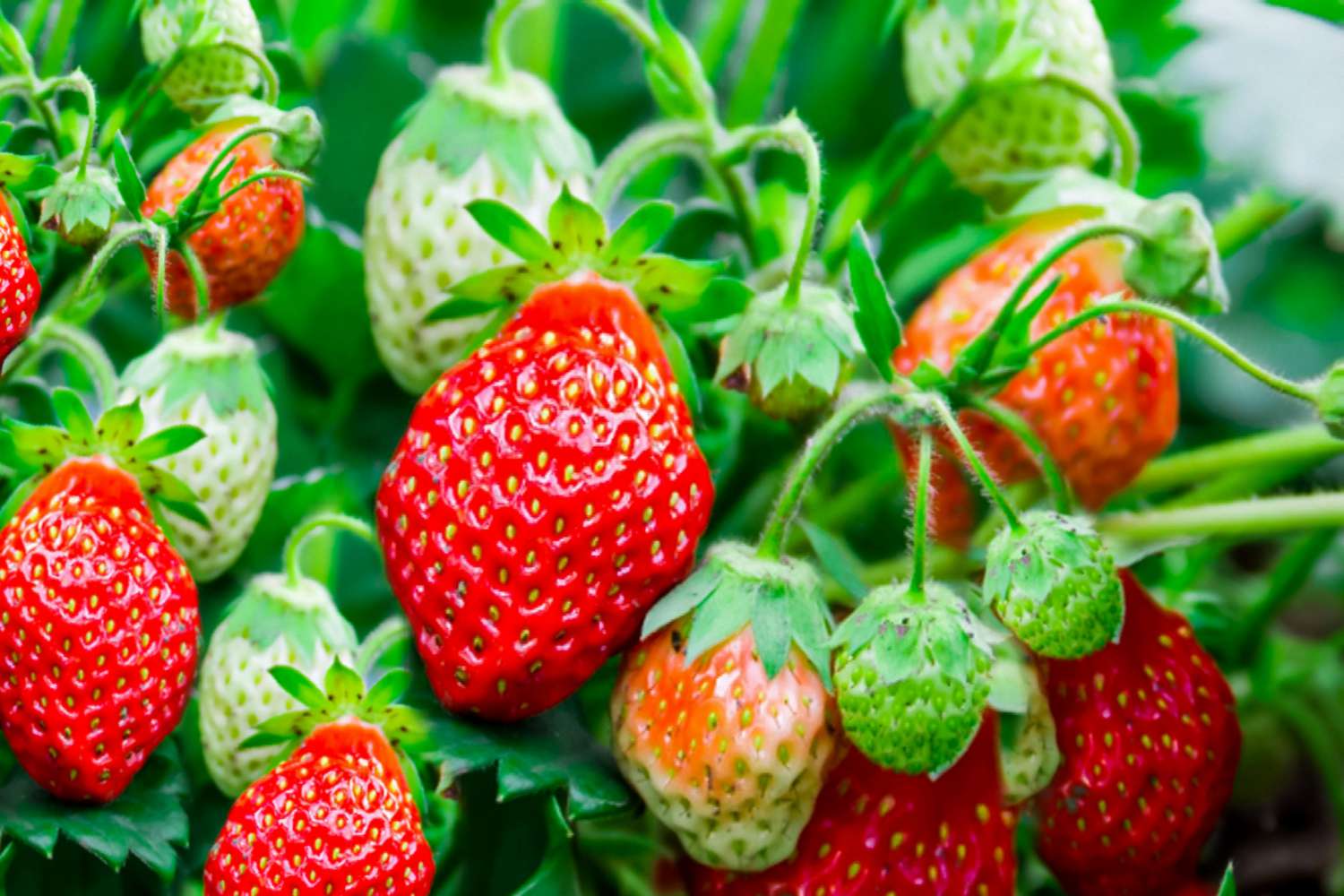
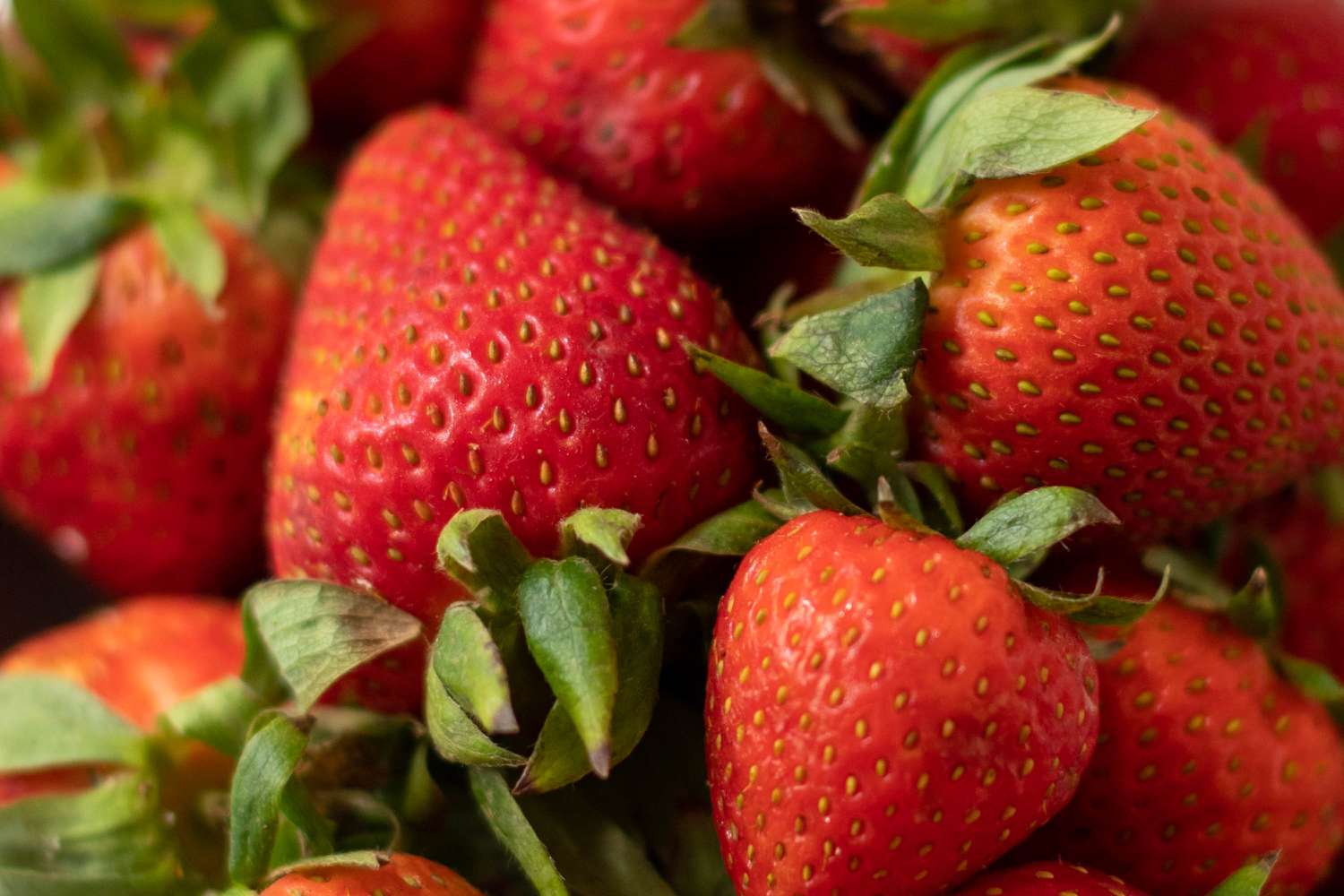
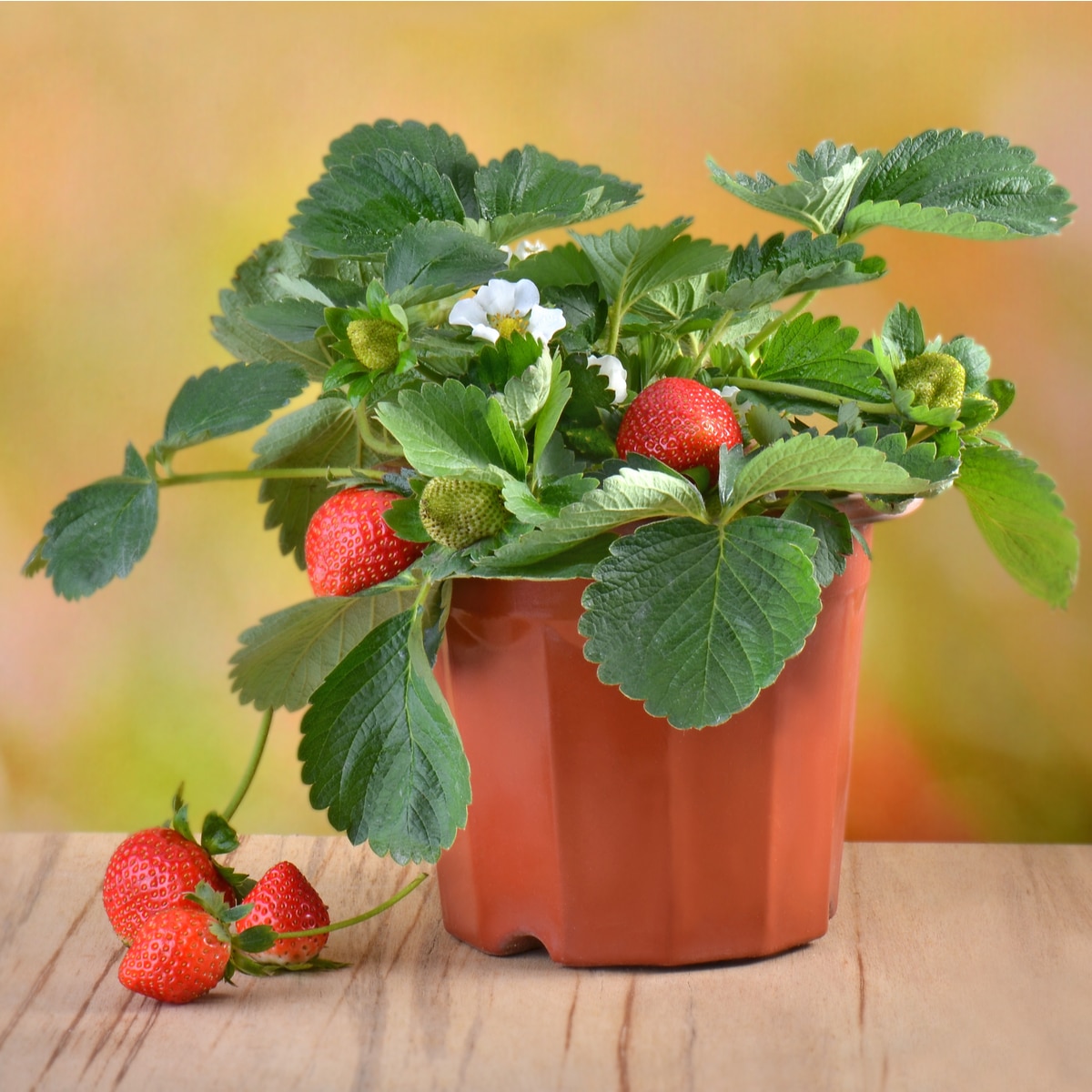
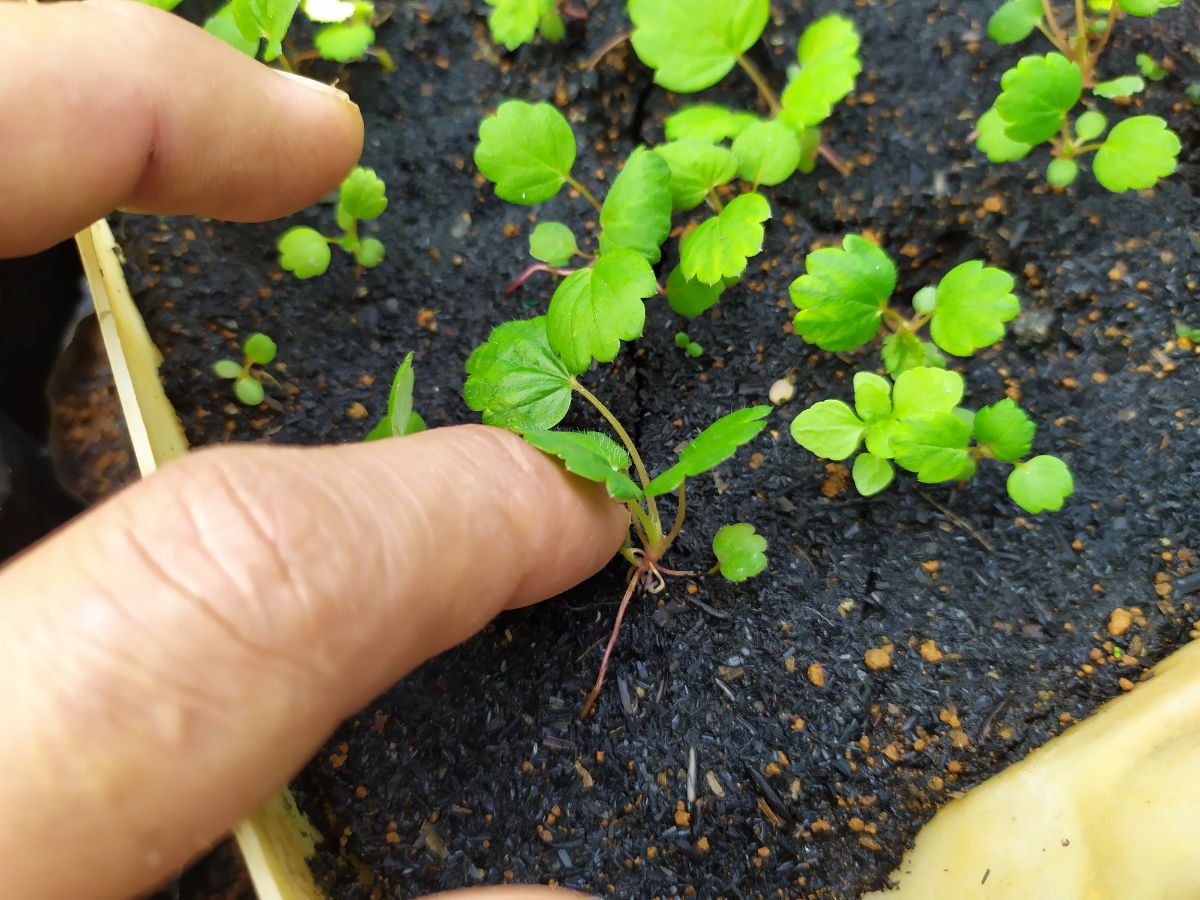
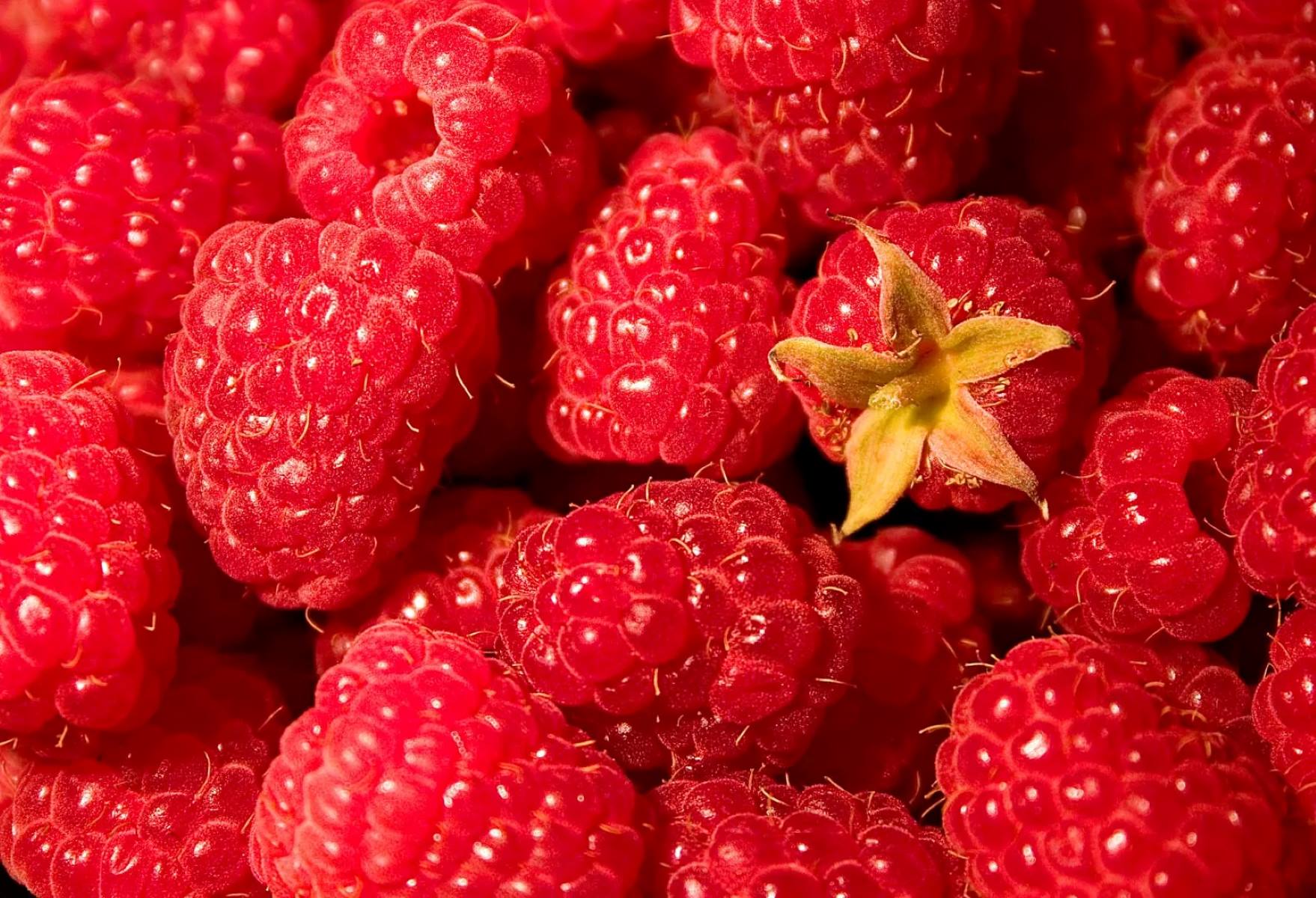
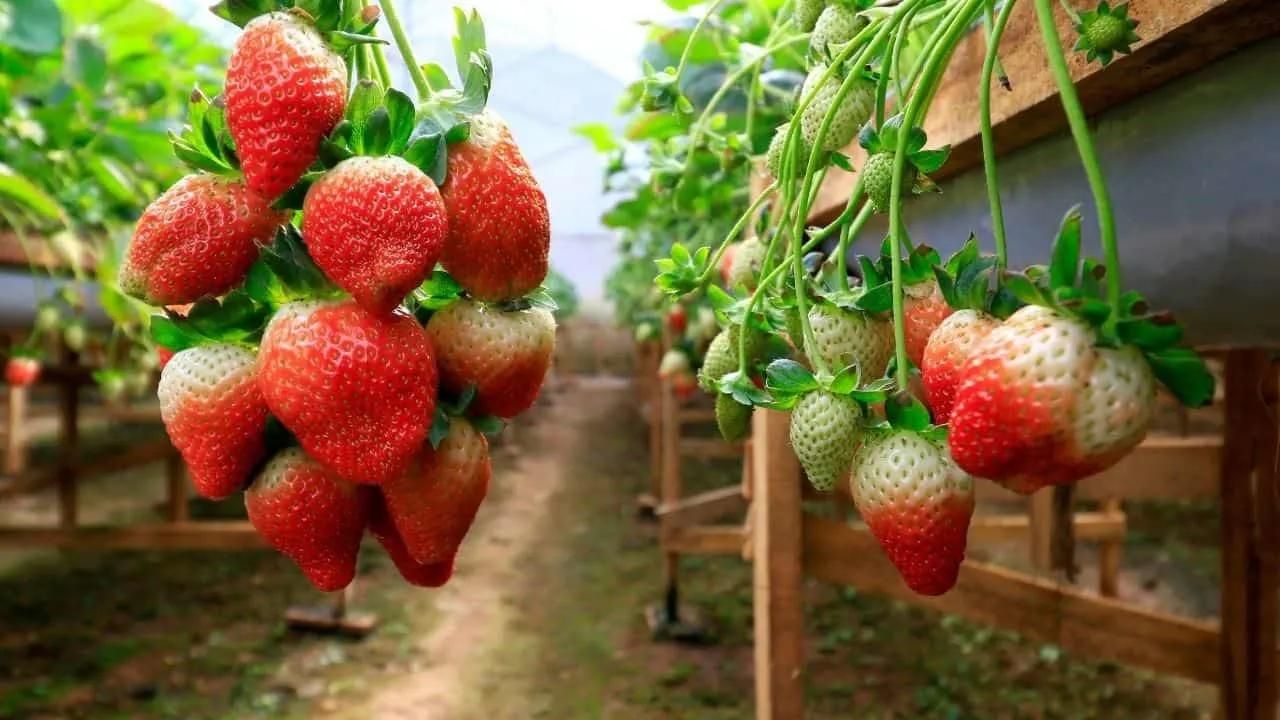

0 thoughts on “Why Are Strawberry Seeds On The Outside”